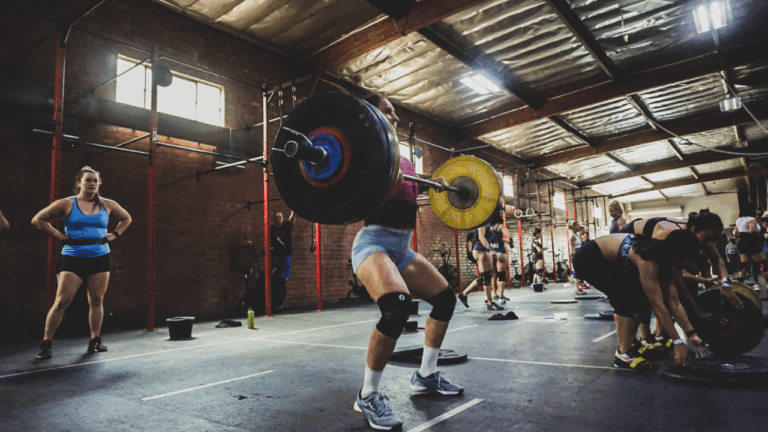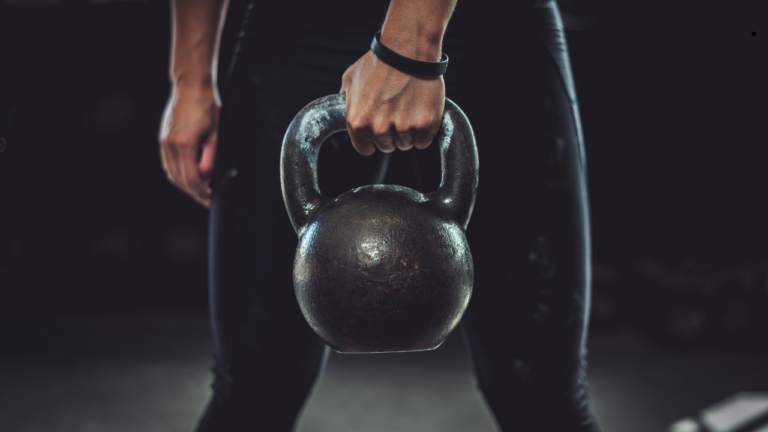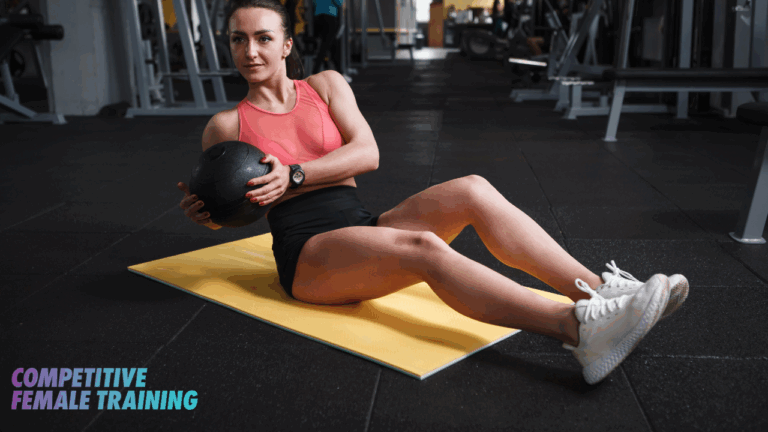6 Tips to Improve Wrist Strength and Mobility for Female Athletes

Wrist strength and mobility are essential in all sports, but ESPECIALLY in CrossFit and Weightlifting.
For female athletes, developing strong and mobile wrists can enhance performance, reduce injury risk, and improve overall movement quality.
Whether you’re pushing overhead in a snatch, supporting your body weight in a handstand, or maintaining a firm grip on the pull-up bar, your wrists play a crucial role in executing these movements efficiently and safely.
Here are six tips to help you improve wrist strength and mobility, allowing you to train more effectively and prevent injury.
1. Incorporate Wrist Stretches Into Your Routine
Improving wrist mobility begins with regular stretching. The wrists are made up of many small muscles, tendons, and ligaments that need to stay flexible to support a full range of motion. Regularly stretching these structures can improve joint mobility and prevent stiffness, especially if you engage in activities that involve repetitive hand or wrist movements.
Recommended Stretches:
- Wrist Flexor Stretch: Extend one arm out in front of you with the palm facing up. Use your opposite hand to gently pull the fingers back toward your body, feeling the stretch through the underside of the forearm and wrist. Hold for 20-30 seconds on each side.
- Wrist Extensor Stretch: Extend one arm with the palm facing down. Use your opposite hand to gently pull the fingers down toward the floor. Hold for 20-30 seconds.
Tip: Perform these stretches before and after training to maintain mobility and reduce tension in the wrists.
2. Strengthen the Forearms
The muscles of the forearm play a significant role in wrist stability and strength. Weak forearms can lead to poor wrist control and a higher risk of injury, particularly in weight-bearing activities like lifting or gymnastics. Strengthening your forearm muscles helps build a stable foundation for the wrists.
Exercises to Try:
- Wrist Curls: Sit with your forearm resting on a bench or your thigh, holding a light dumbbell. Slowly curl the weight up using only your wrist, then lower it back down. Perform 10-15 reps for 2-3 sets.
- Reverse Wrist Curls: Similar to wrist curls, but with the palm facing down. Curl the weight upward and slowly lower it back down.
- Farmer’s Carries: Hold a pair of heavy weights (dumbbells or kettlebells) at your sides and walk a set distance. Focus on maintaining a strong grip and keeping your wrists neutral. This will improve both grip strength and wrist stability.
3. Work on Wrist Stability with Weight-Bearing Movements
Weight-bearing exercises, where your wrists support your body weight, are excellent for building wrist stability and strength. Exercises like planks, push-ups, and handstands engage the wrist stabilizer muscles and improve joint control.
Weight-Bearing Exercises:
- Planks: A basic plank requires the wrists to hold up much of your body weight, improving both strength and stability.
- Push-Ups: Push-ups, especially with proper hand placement and form, are great for building wrist endurance. Start with modified versions (on knees) if necessary, and gradually progress to full push-ups.
- Handstands: Practicing wall-supported handstands or handstand holds builds wrist strength and control over time. Ensure proper alignment and work within your current capacity to avoid straining the wrists.
Tip: If you experience discomfort in weight-bearing positions, consider starting on an elevated surface (like on a bench for push-ups) or using push-up handles to reduce wrist extension.
4. Use Resistance Bands for Dynamic Wrist Mobility
Resistance bands are a versatile tool for improving both wrist strength and mobility. They can be used to create gentle resistance for wrist movements, which helps build strength through a full range of motion while improving control and flexibility.
How to Use Resistance Bands:
- Wrist Extensions with a Band: Hold one end of the band with your palm facing down and the other end anchored under your foot. Slowly extend your wrist upward against the resistance of the band, then lower back down. Perform 10-15 reps.
- Wrist Flexions with a Band: With the palm facing up, anchor the band under your foot and curl the wrist upward against resistance.
Tip: Incorporating resistance band exercises 2-3 times per week can enhance dynamic wrist mobility and strength.
5. Perform Grip-Strengthening Exercises
Grip strength is directly related to wrist function, as the muscles that control the grip extend through the wrists and forearms. By focusing on grip strength, you can enhance overall wrist stability and support.
Grip-Strengthening Exercises:
- Dead Hangs: Hang from a pull-up bar, focusing on maintaining a firm grip. Start with 15-30 second holds and gradually increase the duration as your grip strengthens.
- Towel Pull-Ups: Wrap a towel around a pull-up bar and perform pull-ups. The thicker grip challenges your grip strength and engages your forearms and wrists more intensely.
- Squeeze a Stress Ball or Grip Trainer: Squeeze a stress ball or use a grip trainer for 15-20 reps per hand. This can be done multiple times throughout the day.
6. Mobilize the Wrists with Circular Movements
Circular wrist movements help to lubricate the joints, stretch the tendons, and increase mobility. These movements are especially helpful as a warm-up before workouts or as part of your active recovery routine.
Circular Wrist Mobility Drill:
- Extend both arms in front of you with palms facing down.
- Make fists with your hands, and slowly rotate your wrists in a circular motion.
- Perform 10 circles in one direction, then reverse and perform 10 in the opposite direction.
- Keep the movement controlled and focus on a full range of motion.
Tip: Perform this exercise daily to maintain and improve mobility, especially if you frequently use your wrists in training or work.
Conclusion
Improving wrist strength and mobility is essential for female athletes looking to enhance performance and reduce the risk of injury.
By incorporating stretching, strengthening, and mobility exercises into your routine, you can build more resilient wrists that are better equipped to handle the demands of training and competition. Remember to listen to your body, prioritize recovery, and progress gradually as you build strength and flexibility in your wrists.
Like these tips? We program all of this on a regular basis in our programs – check out all the options HERE








